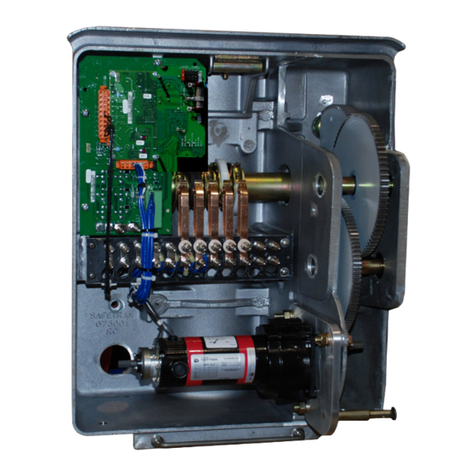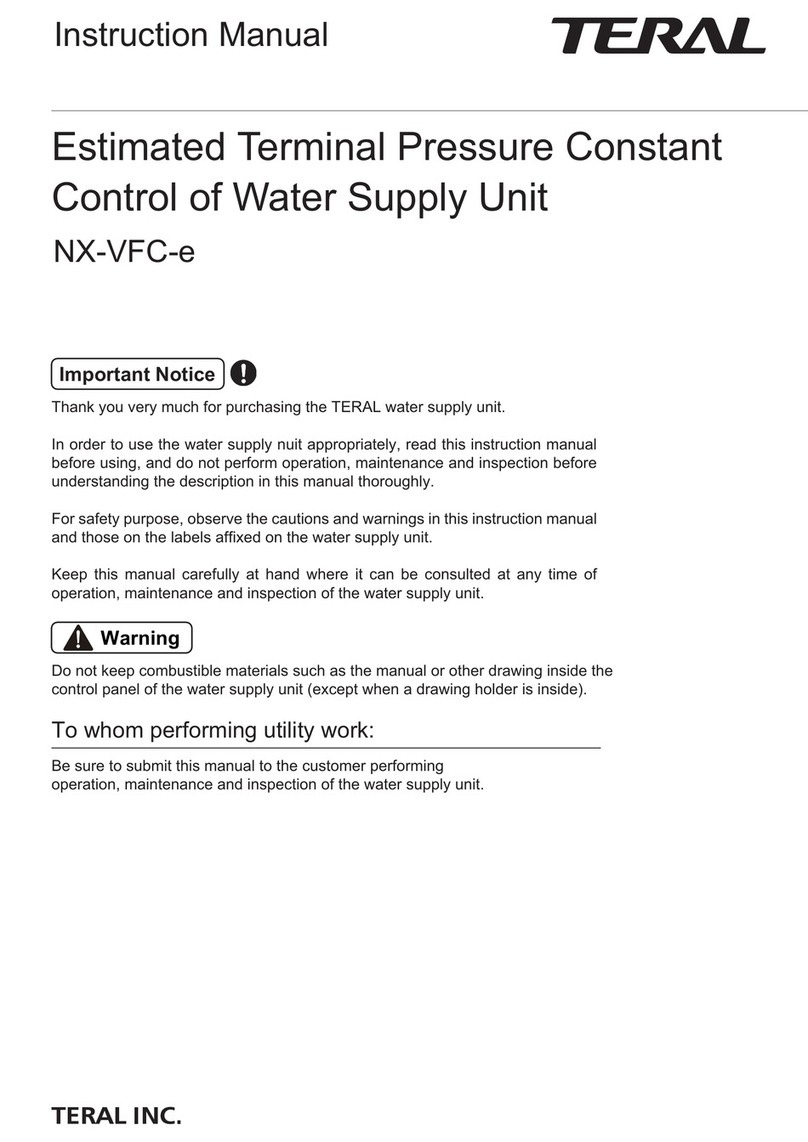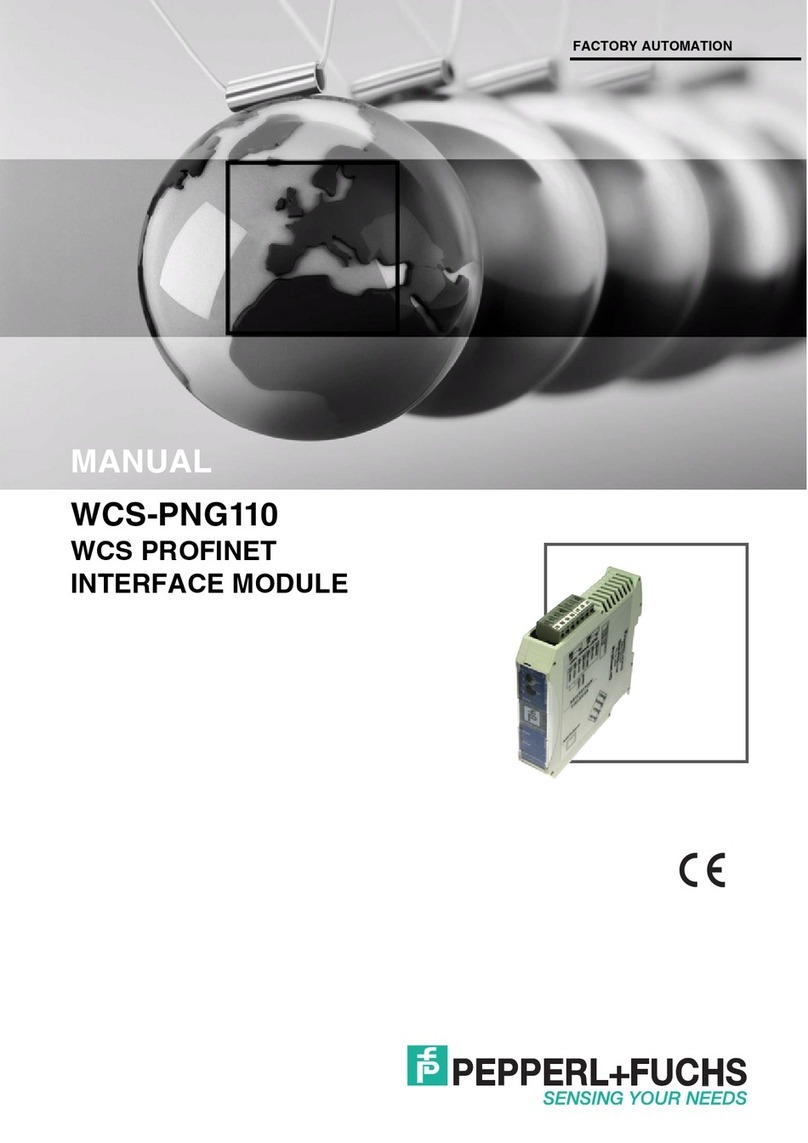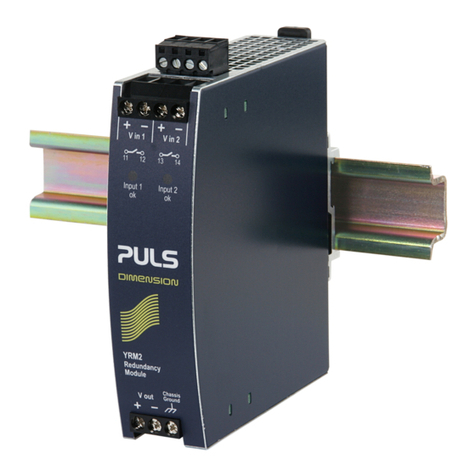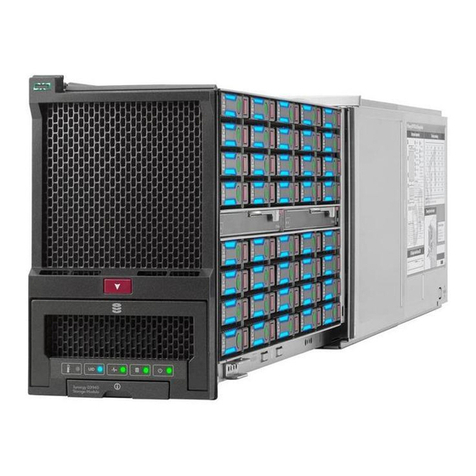Hatfield 2050 Manual

J
RF COMPONENTS
2050 BALANCED ATTENUATOR
DESCRIPTION &OPERATING MANUAL

RF COMPONENTS
I
I
I
I1*
?$*Gl #|]J
Hatftald Instruments »n0-121 dB
I
2050 BALANCED ATTENUATOR
DESCRIPTION &OPERATING MANUAL
Subject to change without notice. Printed in the UK
Hatfield Components, adivision of
Wandel &Goltermann Ltd.
11.86 ALK
I

CONTENTS
I
y
Chapter Page
Contents i
History ii
1. Preface 1-]
2. Specification 2-1
3. Technical Description 3-1
4. Operation 4-]
5. Fault Finding and Calibration 5-]
6. Application Notes .6-1
7. List of Drawings 7-]
8. Parts Lists 8-1

HISTORY
Product Manual for Attenuator type 2050
IDec, 1970 Provisional Issue 1A
Jan. 1971 Issue 1
Jan, 1975 Issue 2
Nov. 1986 Issue 3
ii

fi
PREFACE
The 2050 attenuator has balanced input and output
impedances of 600 ohms, and arange of 121 dB in
steps of O.ldB over the frequency range of d.c. to
300kHz
.
The electrical and mechanical specification of
this attenuator makes it suitable for use in audio
and video transmission testing equipment.
1-1

SPECIFICATION
2.1 General
The 2050 attenuator is abench type instrument.
which may be adapted for 19In. rack mounting if
required (suffix Rto type No .)
,
2,2 Attenuation Eange
to 121dB in steps of O.ldB selected by four
controls as follows:
to IdB in 10 steps of O.ldB
to lOdb in 10 steps of l.OdB
to 50dB in 5steps of lOdB
to 60dB in 1step of 60dB
2.3 Frequency Range
Floating: d.c. to 300kHz
Non-floating: d.c. to 100kHz
2.4 Input/Output Impedance
600 ohms balanced
Better than 32dB over the frequency range of d.c.
to 300kHz when the output is terminated in 600
ohms
.
H' 2.6 Balance
-60dB between d.c. and 300kHz.
2.7 Accuracy
to IdB: ±0.02dB
1to lOdB: ±0.1dB
10 to lOOdB: ±0.3dB
2-1

2.8 Insertion Loss
<0.2dB, d.c, to 300kHz
2.
9
Power
Capable of continuous use at any attenuator
setting without damage or loss of accuracy when
driven from a+25dBm, 600 ohms, source correctly
terminated.
2.10 Ambient Temperature
Operating: to +40°C
Storage: -20 to +85°C
I
1
I
2.12 Connections
4mm socket terminals
2-2
\

TECHNICAL DESCRIPTION
]
The 2050 attenuator consists of three separate
bridged 'H' balanced networks in tandem, and a
fourth employing adouble 'T' network for
the 0/60dB section. This section comprises two
30dB networks to improve the frequency response.
The centre-tap of this section Is brought out to
the lower terminal of the output side of the
instrument so that It may be connected to case or
ground if required, (see Application Notes).
Each section is fully screened from adjacent sec-
tions. The component layout is arranged to main-
tain an adequate balance of capacitance to the
case between each section.
The front panel switches select appropriate
bridging and shunt resistors for each step of
attenuation within that particular section.
3-1

H
OPERATION
I
4.1 Connections
The attenuator is ready for use as supplied. The
upper two terminals form the 600 ohms balanced
input and output connections. The left-hand bot-
tom terminal is earthed to the case. The right-
hand bottom terminal is the cent re- tap of the
0/60dB section, (see Application Notes for recom-
mended use).
J4-1

1
5. FAULT FINDING AND RECALIBRATION
5.1 Fault Finding
In general, faults in attenuators are due to input
levels in excess of the rated maximum or dirty
switch contacts. If the location of the fault
does not become apparent following avisual
inspection, then proceed as follows, using a
suitable oscillator and level measuring instru-
ment:
I
With all the controls set to 'OdB' ,check that a
'through' balanced signal can be obtained. This
will indicate that the input/output wiring and the
'bridging' switches are in circuit and functioning
correctly.
Check each step of the four attenuator sections in
turn, and each whole section against astep of the
following section until the fault condition is
shown.
If resistors are at fault they must be replaced by
the types specified in the Parts Lists at the rear
of this manual.
5.2 Recalibration
J
If the fault proves to be more than just asimple
replacement of aresistor or the cleaning of
switch contacts, then the attenuator should be
checked against a'standard' unit and the tests
called for in the manufacturing specification
carried out. It is strongly recommended that
recalibration be carried out by the Service Dept.
of Wandel &Goltennann Ltd. or an approved organi-
sation appointed for this purpose. 5-1

APPLICATION NOTES
6.1 Use of Balanced Attenuators
Acommonly employed attenuator section for
balanced systems is the 'H' section utilising five
resistors in an H-conf iguratlon. Where arange of
attenuation is required, e.g. Ito lOdB in ldB
steps, different values of centre resistor are
selected together with appropriate values shunting
the series 'legs'. This arrangement is known as a
bridged-H section and, besides being balanced,
this type of section is also floating, i.e. not
referenced to ground.
1
An alternative arrangement which may be used in a
balanced attenuator consists of two bridged-T sec-
tions, one for each leg of the balanced circuit.
The earthy ends of the 'T' sections are connected
together, and whether left floating or grounded,
the performance is identical to that of the
bridged-H section so far as balanced signals are
concerned. However, unlike the bridged-H section,
the double bridged-T with centre-tap grounded,
attenuates longitudinal signals (also known as
signals to ground, push-push signals or common
mode signals) to the same degree as balanced
signals (i.e. transverse, metallic, push-pull or
differential signals). These factors become
important when large attenuation levels are con-
sidered as follows:
Suppose abalanced ,floating attenuator is set to
120dB and asignal is applied from an oscillator
whose output balance is 60dB. Since abalanced,
floating network provides little or no attenuation
of longitudinal signals, the desired balanced
6-1

signal at the attenuator output will be 60dB lower
than the unwanted longitudinal component. Thus,
if the input balance /common mode rejection of an
indicating instrument connected to the attenuator
output was 50dB, the indicated reading could be
anything between zero and twice the correct
figure. To obtain an accurate reading the sum of
the sender balance in dB's and the receiver
balance in dB's would require to be around 160dBj
this is astringent requirement even at 1kHz, and
almost impossible to achieve at 20kHz or higher
frequencies. Therefore, with afloating network,
balance considerations usually limit the usable
attenuation range.
In contrast, with centre-tap grounded networks,
the sender-end balance is maintained and dif-
ficulties outlined above are avoided, although at
the expense of amore complicated and therefore
more costly attenuator. At an attenuation level
below 60dB afloating network is entirely satis-
factory, except at the highest frequencies; con-
sequently the 2050 attenuator uses bridged-H
networks for this part of the range. However, the
0/60dB section uses adouble balanced-T network
with the cent re -tap being brought out to the lower
terminal of the three output terminals to the
right of the front panel. Where balanced,
floating operation is required no connection
should be made to this terminal. Where, however,
attenuation in excess of 60dB is required, it is
recommended that this terminal be connected to the
attenuator case, the case of the receiving instru-
ment and to ground. Where possible the case of
the sender should also be grounded, although mains
frequency earth loop considerations may make this
inadvisable.
6-2

1
I
I
I
DRAWINGS
7.1List of Drawings
Circuit Diagram 4858-CD00. 003/1
Wiring Diagram ..... 4858-WDOO. 003/1
Assembly of Switch SI -l.OdB .4858-1001.001/1
Assembly of Switch S2 -lOdB ..4858-1002.000/1
Assembly of Switch S3 -50dB . . 4858-1003.009/1
Assembly of Switch S4 0/60dB ...4858-1004.008/2
7-1

SI SECTION
to IdB, 0.tdB Steps
S2 SECTION
tolOdB, 1dB Steps
S3 SECTION
to 50dB, 10dB Steps
i1r2 1r3 Irs Irs Ire \hi Irb Ti9 |[,iojfmobf
6R^32R^8R^5Rj?IR5jl7R6|wRlJl0Ri[6fI93j6fi93 6R93I
la b1« UV-
iBi Tr? Tr"3 ]ut Irs [rb \m Jrb Irs IrioT (r
6(9R KbSUSAR 372H299R 233R175R 124R 77R7 3SR9 J9
14 4m?
S4 SECTION
0/6OdB Steps
S4u OdB
^<
22 ©•"[ l~
60dB
R3
19R
;60dB
a.R6 282R
aSia" OdB
R7 563R
I15—
I
1
19rM
11
19rM
i\2L-r
RS 563R
-OCT.
OdB Sic
Fig. 1Circuit Diagram, 2050 Attenuator

®
.ffi.
nfOrcs
ALL SWITCHES VIEWED FROM FRONT
WRAP ALL COHHECTIONS 1TURKS
ALL WIRES TO BE 7/0076 PVC COVERED
WIRES TO BE SLEEVED WITH IDENTIFICATION SLEEVES
NUMBERED AS SHOWN ©
WIRES FROM WAFER TO WAFER TO GD DIRECT
AND HOT LOOPED OVER ONE AHOTHER
Cin CONNECTED AS REO BETWEEN EARTH &EITHER IHPUT TERMINAL.
Coirt COHHECTED AS REQ'O BETWEEN EARTH &EITHER OUTPUT TERM1HAL
.
OUTPUT
FHOHT
0-VOdB
Cout
u
TERW'lAL CONNECTION
(FRONT TAG)le TAG NEAREST FRONT PANEL
REAR TAG EARTHED TO CHASSIS.
0-10dB 0-50dB 0-60dB Wiring Diagram, 2050 Attenuator

I
.
1FOR R10(a)&lb)&fl3Mo)ifb) B33fl(/.0FF)
SEE FIG. BELOW. A1
IN OUT
RESISTORS ARE BENT AS SHOWN AND SOLDERED INTO
EYELETS ITEM 2.
OUT
Fig. 3Assembly of Switch SI ,-l.OdB

IN OUT IN OUT
Assembly of Switch S2 ,-lOdB

I
Fig. 5Assembly of Switch S3, -50dB
l.TORRTZabc 5<7Djl
SEE FIG. BELOW
RESISTORS ARE BENT AS SHOWN AND SOLDERED
EYELETS HEM 2
=—--DEMOTES SLEEVED LEAD WIRE
IN

IN REO TERMINAL
(RED OUT
Fig. 6Assembly of Switch S4 ,0/60dB

!i
J
L
I
8. PARTS LISTS
REF. VALUE TOL.±X RATING TYPE PART NO.
SWITCH 1, to IdB
Rl 36R6 10.25W H4 lOOppm 4980-0000.232/-
R2 32 R7 10.25W 114 lOOppm 4980-0000.229/-
R3 28R9 10.25W H4 lOOppm 4980-0000.216/-
R4 25RO 10.25W H4 lOOppm 4980-0000.203/-
R5 21R5 10.25W H4 lOOppm 4980-0000.193/-
R6 17R6 10.25W H4 lOOppm 4980-0000.180/-
R7 14R1 10.25W H4 lOOppm 4980-0000.177/-
R8 10R4 10.25W H4 lOOppm 4980-0000.164/-
R9 6R93 10.25W H4 lOOppm 4980-0000.151/-
RlOa 6R93 10.25W H4 lOOppm 4980-0000.151/-
RlOb 6R93 10.25W H4 lOOppm 4980-0000.151/-
Rll 300R 0.1 0.25W H4 lOOppm 4980-0000.397/-
R12 300R 0.1 0.25W H4 lOOppm 4980-0000.397/-
R13 4k92 10.25W H4 lOOppm 4980-0000.423/-
R14 5k50 1G.25W H4 lOOppm 4980-0000.436/-
R15 6k22 10.25W H4 lOOppm 4980-0000.449/-
R16 7kl5 10.25W H4 lOOppm 4980-0000.452/-
R17 8k45 10.25W H4 lOOppm 4980-0000.410/-
R18 10k4 10.25W H4 lOOppm 4980-0000.407/-
R19 13k2 10.25W H4 lOOppm 4980-0000.533/-
R20 17kl 10.25W H4 lOOppm 4980-0000.672/-
R21 25k8 10.25W H4 lOOppm 4980-0000.685/-
R22 56kO 10.25W H4 lOOppm 4980-0000.559/-
R23 300R 0.1 0.25W H4 lOOppm 4980-0000.397/-
R24 300R 0.1 0.25W H4 lOOppm 4980-0000.397/-
R25 36R6 10.25W H4 lOOppm 4980-0000.232/-
R26 32R7 10.25W H4 lOOppm 4980-0000.229/-
R27 28R9 10.25W H4 lOOppm 4980-0000.216/-
R28 25R0 10.25W H4 lOOppm 4980-0000.203/-
R29 21R5 10.25W H4 lOOppm 4980-0000.193/-
8-1
Table of contents
Popular Control Unit manuals by other brands
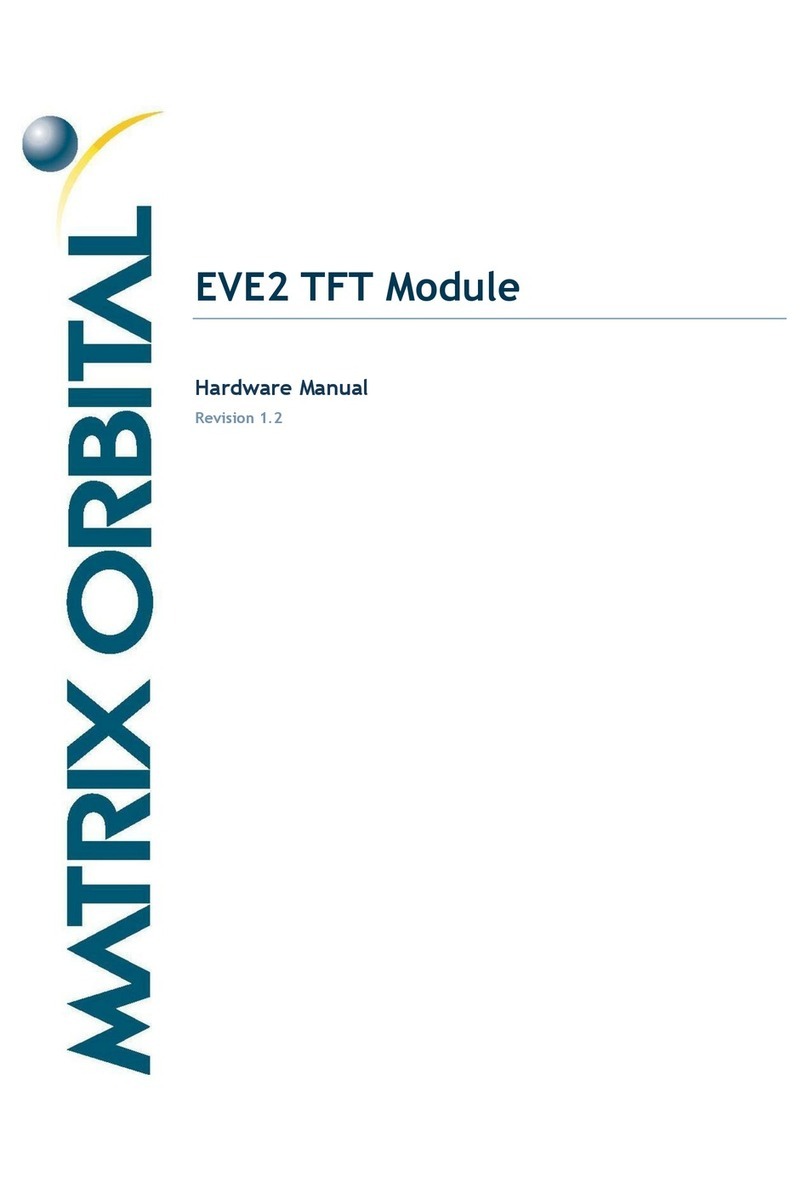
Matrix Orbital
Matrix Orbital EVE2 Hardware manual
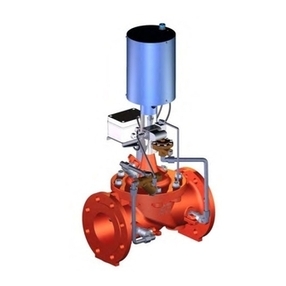
CLA-VAL
CLA-VAL CPC 138-01 Technical documentation

Woodward
Woodward 505XT product manual
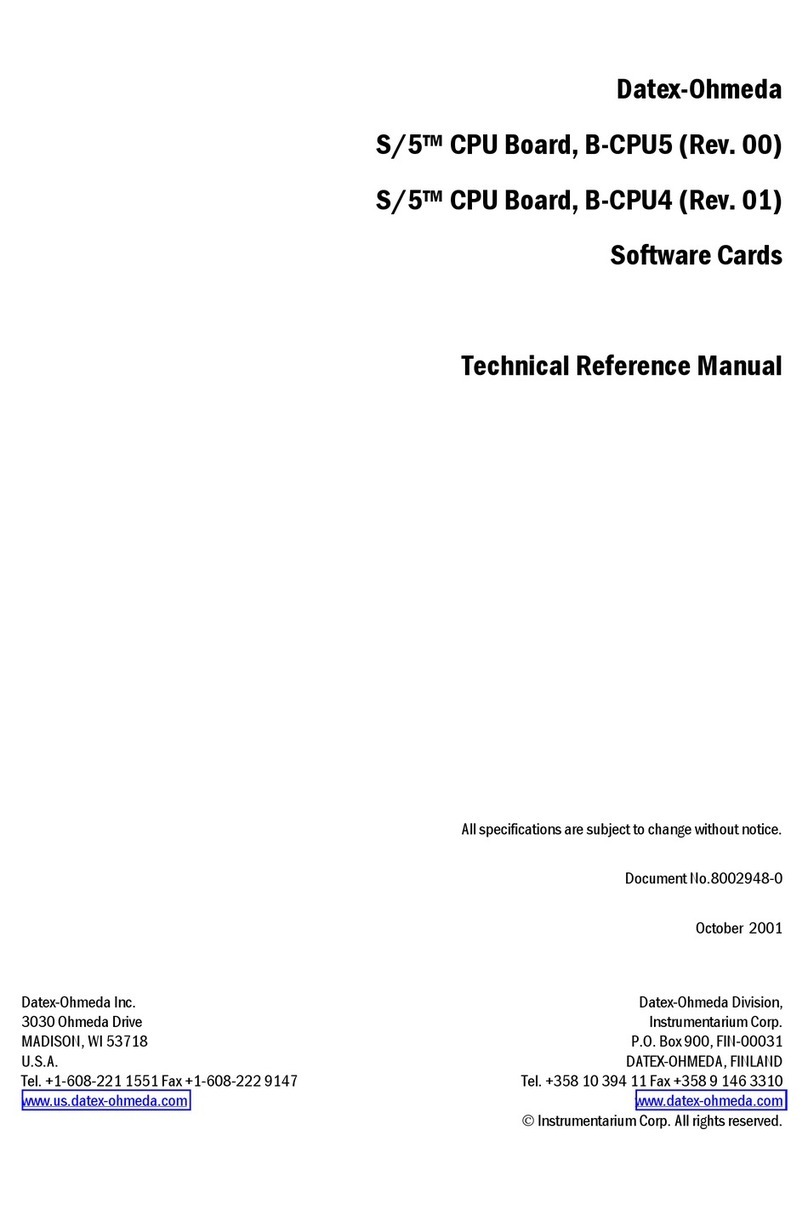
Datex-Ohmeda
Datex-Ohmeda B-CPU5 Technical reference manual
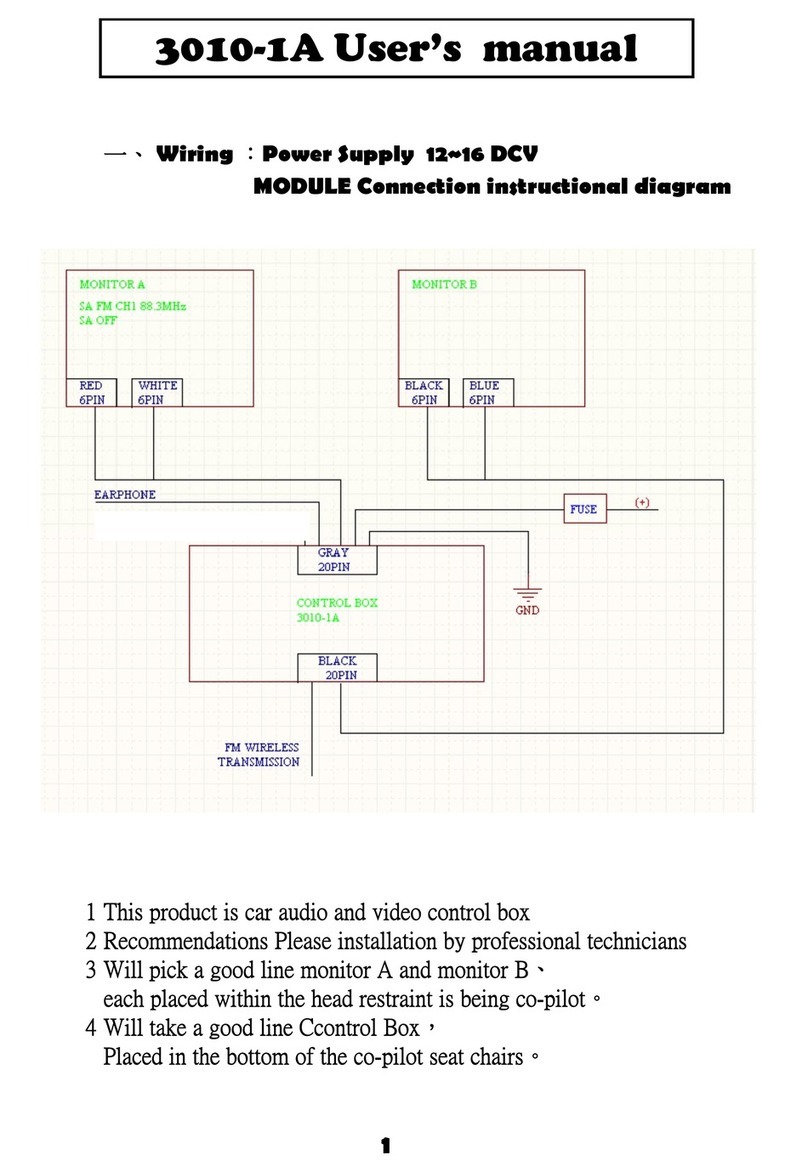
Giant Alarm System
Giant Alarm System 3010-1A user manual

Anritsu
Anritsu MT1000A Network Master Pro Operation manual
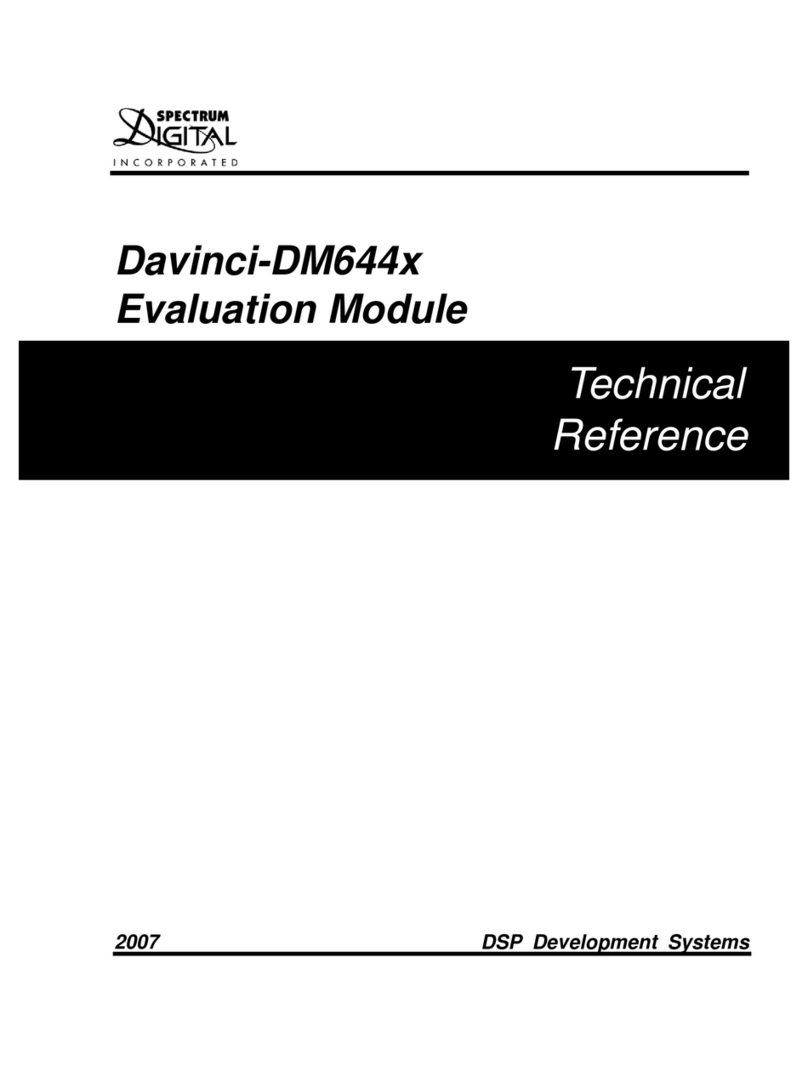
Spectrum Digital
Spectrum Digital Davinci-DM6446 Technical reference
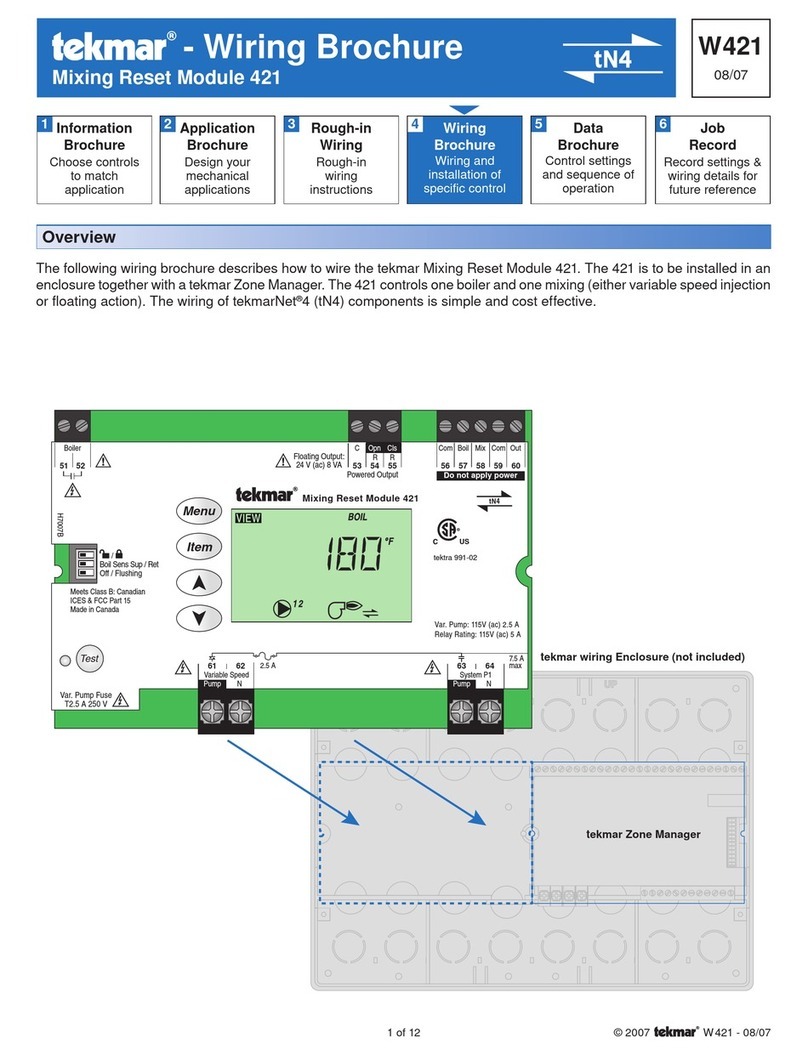
Tekmar
Tekmar 421 Wiring Brochure

Burkert
Burkert 2301 Series quick start

Festo Pneumatic
Festo Pneumatic VUV operating instructions

Wavenet
Wavenet Boomer II User Manual and Integrator’s Guide
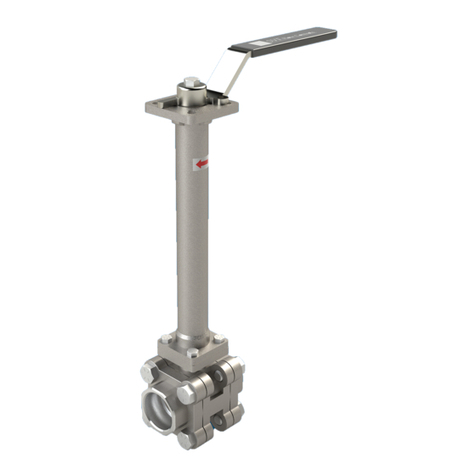
SVF
SVF K8 Series Installation operation & maintenance
